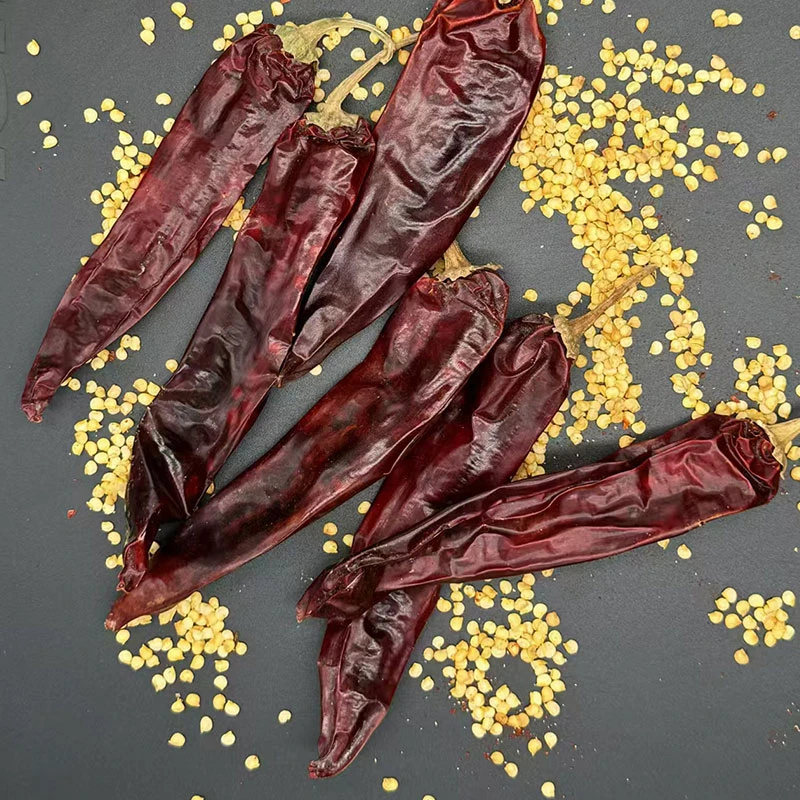- No. 268 Xianghe Street, Economic Development Zone of Xingtai city, Hebei 054001 China
- Byron@hbhongri.cn
paprika and chilli
The Spicy World of Paprika and Chilli
In the vast panorama of culinary delights, few ingredients possess the ability to transform a dish quite like spices. Among these, paprika and chilli stand out, not only for their vivid coloration and intense flavors but also for their rich histories and nutritional benefits. These spices have traveled the world, enhancing cuisines in countless cultures and elevating the human experience of food to new heights.
A Journey Through History
Paprika and chilli have their origins in different parts of the world. Paprika, with its origins in Central America, was introduced to Europe via Spanish explorers in the 16th century. The spice, made from ground capsicum peppers, quickly became a staple in various European cuisines, particularly in Hungary, where it was transformed into a source of national pride. The vibrant red powder not only adds flavor but also offers a beautiful hue to dishes, making it an essential ingredient in a variety of traditional recipes.
Chilli, on the other hand, boasts a more diversified history, spreading from its roots in Mesoamerica across the globe. With explorers and traders taking seeds to Asia, Africa, and Europe, the chilli pepper became a beloved staple in many continents. The name 'chilli' itself derives from the Nahuatl word 'chīlli,' which refers to the pepper. Today, chillies come in various forms—from fresh and dried to powdered spice—and they vary widely in heat levels, making them versatile for countless dishes.
Culinary Use and Flavor Profiles
Paprika is not merely one spice; it comes in various types, ranging from sweet to hot. Sweet paprika, often used in Hungarian goulash, offers a mild flavor with a hint of sweetness and is perfect for seasoning meats and vegetables. Smoked paprika, on the other hand, adds a distinctive smoky flavor that elevates dishes like paella and tapas, infusing them with depth and warmth.
Chilli, conversely, brings a wide range of heat. From the mild poblano to the fiery Carolina Reaper, the heat levels vary significantly among different types. Dishes like salsa, curry, and kimchi rely on chilli not only for its spiciness but also for its complex flavor profile that adds depth and vibrancy. The heat from chilli can cause a delightful sensation known as 'chili burn,' which, when balanced correctly, can enhance the overall eating experience.
paprika and chilli

Health Benefits
Beyond their culinary applications, both paprika and chilli pack a healthy punch. They are rich in vitamins A, C, and E, antioxidants that bolster the immune system and improve skin health. Paprika contains carotenoids, which have been linked to eye health, while capsaicin, the active component in chilli peppers, is known to have metabolism-boosting properties. Research has even suggested that capsaicin may help reduce inflammation and is being studied for its potential anti-cancer properties.
Furthermore, both spices are low in calories, making them excellent options for enhancing flavor without adding unwanted fats or sugars. Incorporating paprika and chilli into meals can not only tantalize the taste buds but also contribute to overall health.
The Fusion of Flavors
Culinary enthusiasts often find joy in combining paprika and chilli to create unique flavor profiles. Imagine a spicy Hungarian goulash that incorporates both sweet paprika and a hint of hot chilli, producing a dish that warms the soul. Likewise, a Mexican mole sauce can blend the sweetness of paprika with the kick of various chillies for a multi-layered explosion of flavors.
In the modern culinary landscape, the fusion of these spices transcends cultural boundaries. Chefs and home cooks alike are experimenting with global cuisines, discovering how paprika and chilli can complement each other beautifully, from spicy sushi rolls to paprika-infused curries.
Conclusion
In conclusion, paprika and chilli are not mere seasonings; they are culinarily significant ingredients with deep historical roots, diverse flavor profiles, and numerous health benefits. Their ability to transform a dish, adding not just taste but also visual appeal, makes them indispensable in kitchens around the world. As food continues to unite people across cultures, the combined legacy of paprika and chilli serves as a testament to the power of spices to enhance our lives—one dish at a time.
-
Turmeric Rhizome Powder: A Golden Treasure from Roots to TableNewsJul.28,2025
-
The Versatile Application Of Crushed Red Hot Peppers: Lighting Up The Red Flames On The Dining TableNewsJul.28,2025
-
The Paprika: A Touch Of Vibrant Red In Color, Flavor, And CultureNewsJul.28,2025
-
Ground Turmeric: A Modern Examination of an Ancient SpiceNewsJul.28,2025
-
Capsicum Liquid Extract: Features, Applications, and ChallengesNewsJul.28,2025
-
Application of Capsicum Liquid Extract in FoodNewsJul.28,2025







